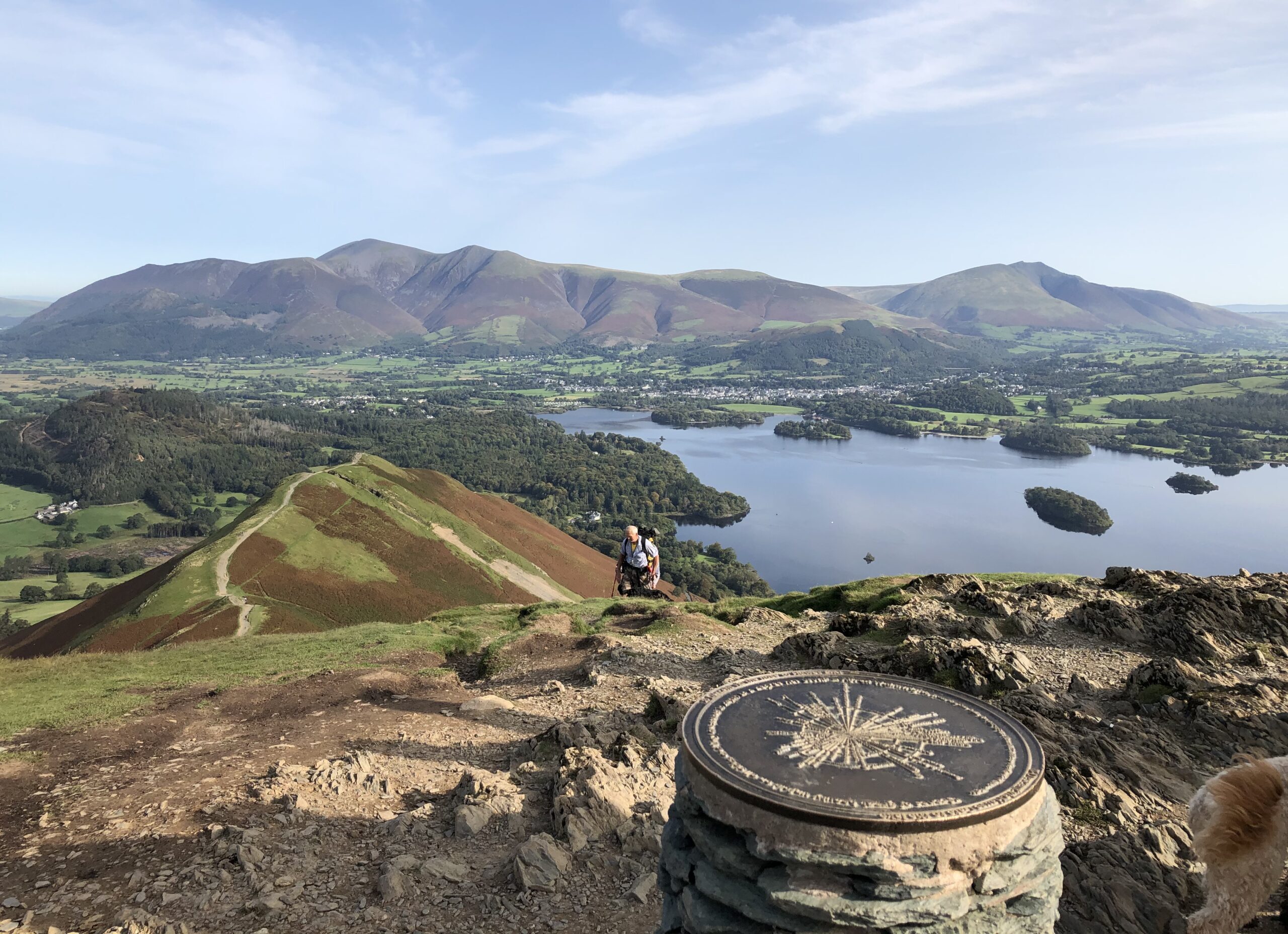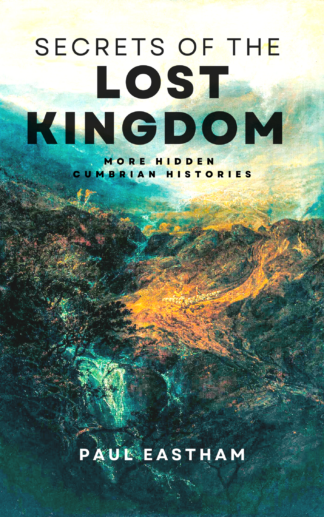-
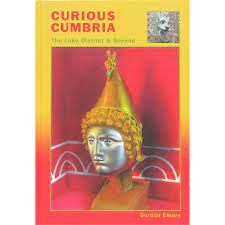
Curious Cumbria
The Lake District & Beyond
£28.00 -
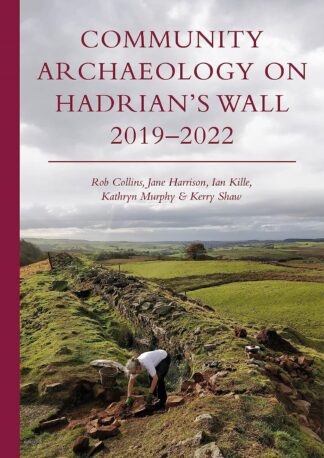
Community Archaeology on Hadrian’s Wall 2019-2022
£12.95 -
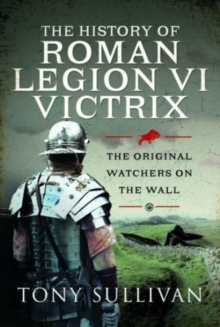
The History of Roman Legion VI Victrix
The Original Watchers on the Wall
£22.00 -
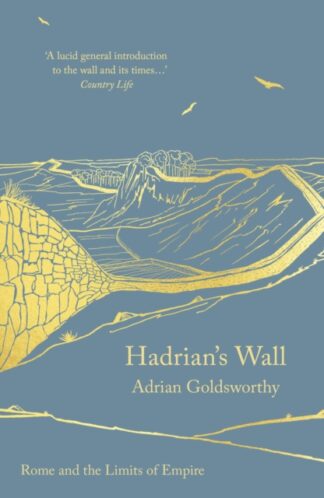
Hadrian’s Wall
Rome and the Limits of Empire
£10.99 -
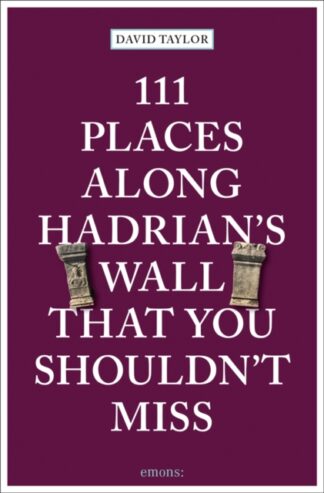
111 Places Along Hadrian’s Wall That You Shouldn’t Miss
£13.99 -

A Short Guide to Hadrian’s Wall
£16.99 -
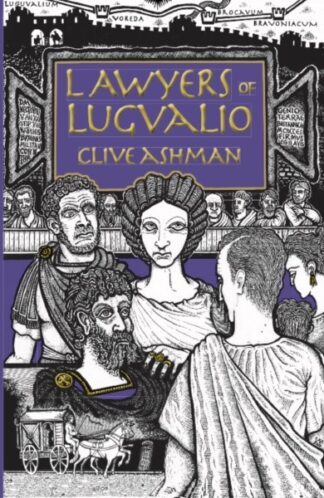
Lawyers of Lugvalio
£8.99 -
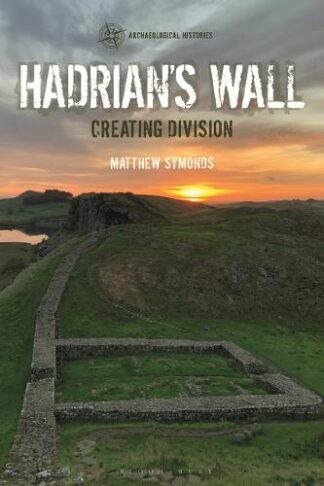
Hadrian’s Wall
Creating Division
£19.99 -
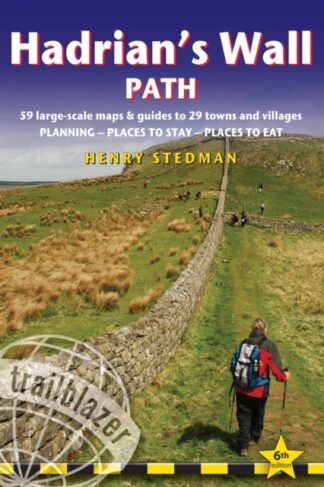
Hadrian’s Wall Path
£12.99 -

The Pilgrimages of Hadrian’s Wall 1849-2019
£10.00 -

Hadrian’s Wall
A study in archaeological exploration and interpretation
£19.99 -
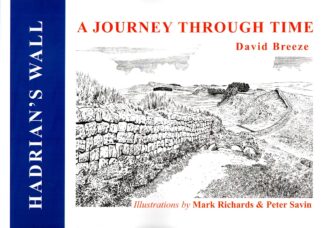
Hadrian’s Wall
A journey through time
£15.00 -
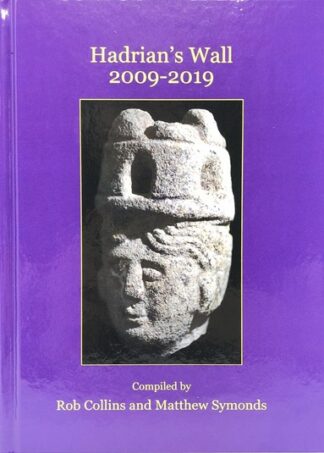
Hadrian’s Wall 2009-2019
£15.00 -
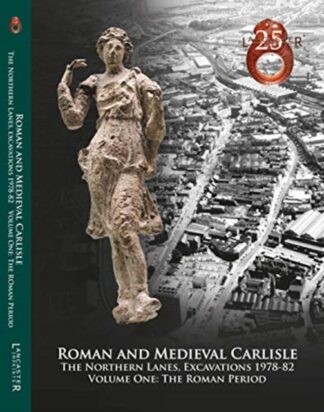
Roman & Medieval Carlisle, Northern Lanes Excavations 1978-82
Volume One: The Roman Period
£25.00 -
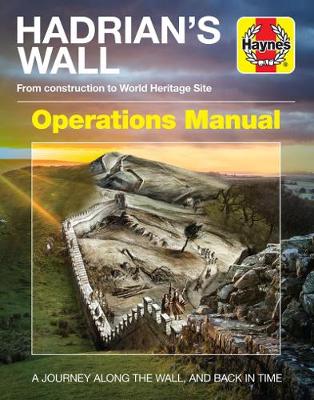
Hadrian’s Wall Operations Manual
From Construction to World Heritage Site
£22.99 -

Hadrian’s Wall: Archaeology and History at the Limit of Rome’s Empire
£19.99 -
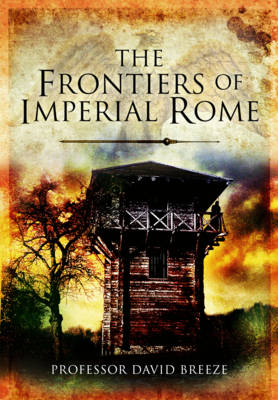
The Frontiers of Imperial Rome
£30.00
Showing 1–20 of 35 results
